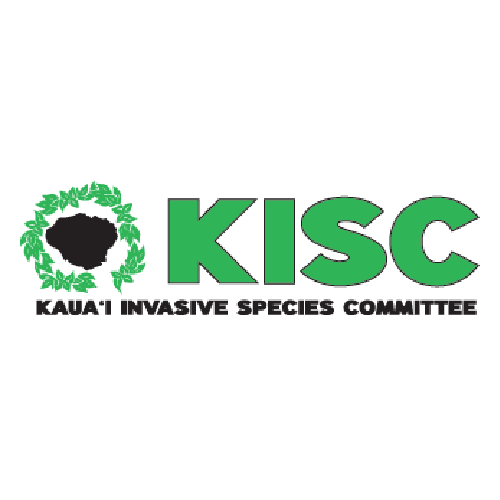Family: Arecaceae
Native to the Florida and Caribbean regions, this majestic palm is often planted to line driveways and boulevards. Growing relatively fast, these palms look good no matter where you place them. It can tolerate freezing temperatures, as well as very high heats if adequate water is given. They are also self-pruning.
These palms are used in Cuba as timber, thatch, and hog feed. In Peru, they are used for multiple medicinal and veterinary purposes.
Plant Uses:
- Medicinal
- Ornamental
- Woodworking
Plant Dangers:
- Allergenic
High Risk Traits:
- Thrives in tropical climates
- Naturalized on Oahu (Hawaiian Islands), Panama and possibly elsewhere
- Regarded as weedy and invasive by nursery growers, and potentially an environmental weed in Panama and Florida
- Host of several palm pests and pathogens, including the coconut rhinoceros beetle
- Handling fruit may irritate skin
- Tolerates many soil types
- Reproduces by seeds
- Seeds dispersed by birds, bats, potentially by water and intentionally by people
- Prolific seed production, with thousands of seedlings reported from at least on location on Oahu
Low Risk Traits:
- Despite ability to naturalize, and weediness in some locations, prized as an ornamental and landscaping tree
- Unarmed (no spines, thorns, or burrs)
- Fruit and seeds fed to livestock
- Non-toxic
- Not reported to spread vegetatively
- Long time to reproductive maturity (5+ years)
- Herbicides may be effective at controlling unwanted trees
- Mechanical control effective




